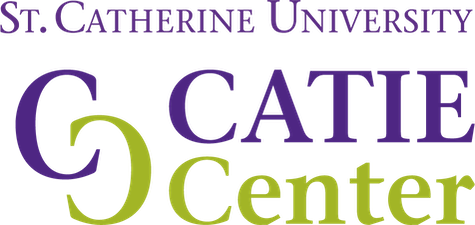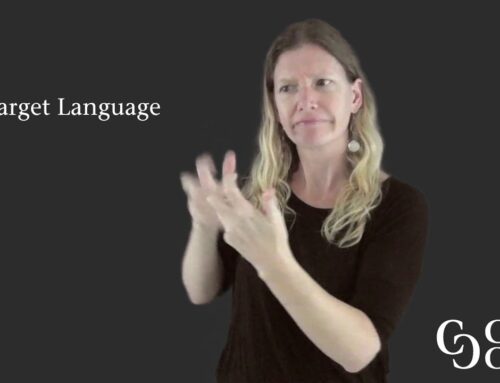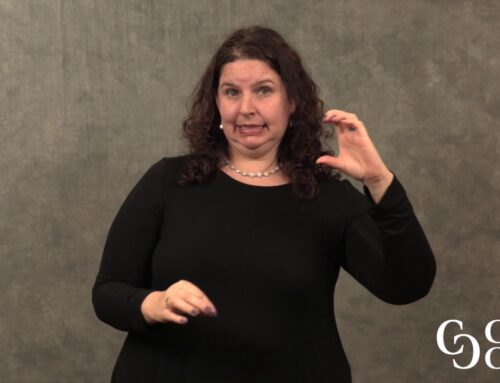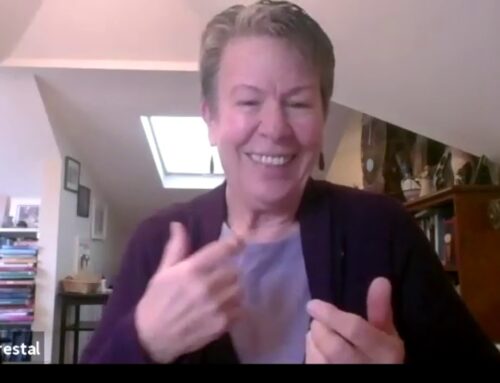 Scenario Synopsis
Scenario Synopsis
This series of videos is of a meeting between a VR counselor and his supervisor to discuss some questions the supervisor has about a service request for training for a client. The supervisor is deaf and speaks for herself, so the interpreter is interpreting what the VR counselor says so it is accessible for the supervisor.
Credits for this Video
This video was originally created by the National Consortium of Interpreter Education Centers as part of the Interpreting in Vocational Rehabilitation Settings series. For more information, visit: http://www.interpretereducation.org/tim/video-series/interpreting-in-vocational-rehabilitation-settings/
Note: The VR supervisor introduces herself in ASL here. During the meeting, she speaks for herself in English.
Transcript for Meeting
Timestamps are included to allow you to navigate the text.
The video uses split screen to show multiple people involved.
On the right side of the video screen, the VR supervisor, Kelly, is a white woman with wavy brown hair that is shoulder length. She is wearing glasses and leopard-print blouse. On the left is Steven, the VR counselor, who is a white man with short black hair and is wearing a dark green and white plaid shirt. Next to him is Michelle, the interpreter, who is a white woman with dark shoulder length hair, wearing glasses, and a dark blouse with dark blue cardigan sweater. They are all seated around a table.




